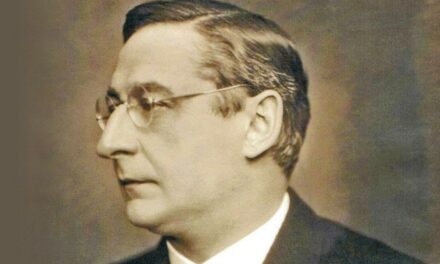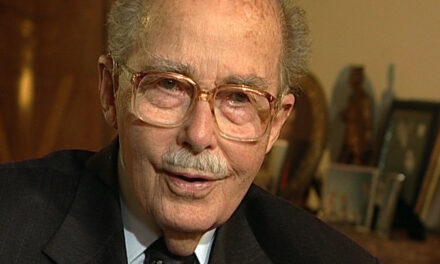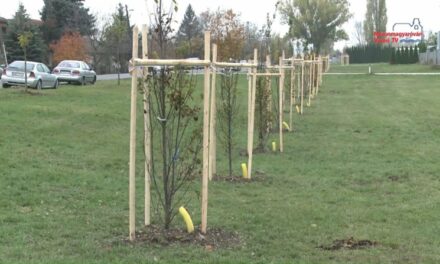The flag must be carried, the flag must be carried on by the next generation - this is the main message of the traveling exhibition presenting the life and work of Mária Wittner, whose first stop is Dunakeszi.
Last week, the memorial exhibition entitled "I'm ready for the road" presenting the life of Mária Wittner was presented at the József Attila VOKE Cultural Center. The traveling exhibition launched by the Association of Hungarian Patriots started in Dunakesz because the life of Mária Wittner was also connected with the settlement.
The goal of the organizers is to spread the message of the '56 hero about freedom and standing up to as many places as possible throughout the Carpathian Basin.
"For us, Mária Wittner was a role model from the beginning. Not only through his role in '56, but at least as much thanks to his role after the regime change in 2006, we looked up to him a lot," recalled Róbert Hetzmann, the founding president of the Association of Hungarian Patriots, who dreamed up the exhibition. As he added, it was clear to them at the moment of the establishment of their organization that Mária Wittner would be one of the points of alignment who represent the fixed star of our time.
Róbert Hetzmann emphasized: one of the most important messages of the '56 hero was that the flag should never be left lying on the ground. "The flag must be carried, the flag must be carried on by the next generation."
He added: the exhibition was started so that, figuratively speaking, we could pick up this flag and set out to spread Mária Wittner's heritage and spiritual legacy to as many people as possible.
In his welcome speech, Justice Minister Bence Tuzson spoke about the fact that there are people who "connect us, connect the generations", and Mária Wittner was one of them.
As he touched on, there are a total of two countries in the European Union that have had continuous statehood for a thousand years: France and Hungary. As he put it, this is because Hungarians have the ability to stay. This ability to stay alive and is helped by the fact that there were and are Mária Wittners who tell their own stories and stand up for their Hungarianness.
Mária Wittner's life was also intertwined with Dunakeszi, who, although she was known as a simple resident of Dunakeszi, they knew how much she had done for Hungary, which is why she was given the title of honorary citizen - mayor Csaba Dióssi told our portal.
The revolutionary János Varga '56 talked about the fact that countless "country guys" took part in the battles in Budapest, who brought from home the sane peasant sense that resides in some of our genes and understood what the freedom struggle was about.
If you look carefully, even during my years in prison, two-thirds of the people I sat with and those who were executed because of the fights, those two-thirds were people from the countryside, commuters like me, he emphasized.
Parliament member Szilárd Németh, patron of the exhibition, recalled his personal memories and said: Mária Wittner was very concerned with why she was not executed, why she was able to survive. Although the rope was removed from him in '59, it remained around the necks of his three companions. Mária Wittner dedicated her life to their memory, and according to Szilárd Németh, the work she did must now be carried on by posterity.
Cover photo: Minister of Justice Bence Tuzson gives a speech at the Mária Wittner memorial exhibition in Dunakeszin, VOKE József Attila Cultural Center
Source: Pesti Srácok/Balázs Hatlaczki












